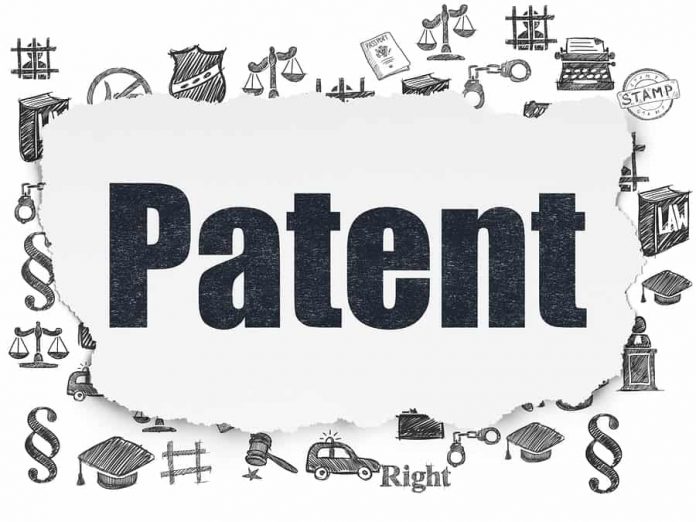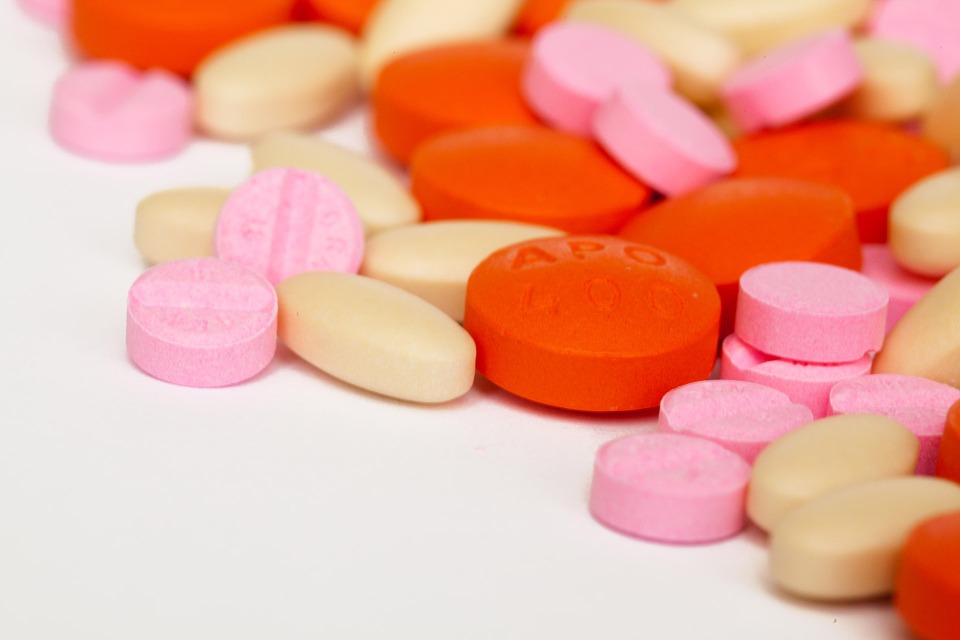This article is written by Priyanshi Soni, of Symbiosis Law School, Noida. This article highlights all the key aspects of divisional patent applications in India starting from what it is to how it is interpreted and the dynamic nature of various case laws dealing with the same.
Table of Contents
Introduction
Divisional patent applications or simply divisional applications have been a question of debate in India as the various judgments progress. The patent is a type of Intellectual Property Right (IPR), which gives the owner the exclusive right to his invention so that no one else can make the same thing, or use it for a limited period of time.
The divisional patent applications are internationally recognized under the Article 4G Paris Convention and in India, under the Patents Act, 1970. It is generally significant when your patent application includes many independent inventions and thus the parent application lacks cohesion.
What is a divisional application
The history of patent laws begins in 1911 with the enactment of the Indian Patents and Designs Act, 1911, and the Patents Act of 1970 (enforced in 1972) which was enacted to consolidate all the patent laws in India and which were amended in 2005. India also became a signatory to many international declarations which strengthened its patent laws and an especially significant step was becoming a member of the Trade-Related Intellectual Property Rights (TRIPS) system.
Divisional application or divisional patent application refers to applications filed after the parent application of a patent because of the multiple inventions being mentioned. This divisional application ensures that the inventor’s multiple inventions are protected individually. This way, the objections raised for the patent report are also resolved in a better manner. This protects the inventor’s interest. When you file an application that will have such multiple inventions mentioned in it, the application will result in a lack of cohesion/unity. In this case, separate applications have to be filed which will include inventions apart from the first one mentioned. The original application will become the parent application. The divisional applications are regarded as filed at the same time as parent applications, i.e., they get the same date of filing. They can also claim the same priority.
Section 16 of the Patents Act, 1970 incorporates the provision for division of applications in India. This provision provides that such a claim for additional application should have been stipulated in the provisional or complete specification in respect of the first application. Further, it also states that such an additional application should be made with a complete specification that should not have anything other than what was stated in the original application. Such an application can be filled by the inventor if he desires so or if any objection is raised because of the complete specification relating to more than one invention.
There is a clear requirement of distinction between inventions in the same application mentioned, and Section 10(5) confirms the same. Also, as per Section 16(3), it is important that the claims mentioned in the complete specifications of the parent or divisional application should be different from that of the other as in India, a claim for the same invention is not allowed. The Controller has the authority to check this.
Conditions for filing divisional patent applications
- If the candidate expresses a wish to do so, or
- In order to address the issue expressed by the Controller,
However, the claims sought to be separated from the parent patent application and incorporated in the divisional patent application must be based on matter disclosed in the provisional or complete specification already filed in relation to the first stated application, i.e., “if the claims of the invention disclosed in one patent application do not relate to single invention or to a group of the inventions forming a single inventive concept, the applicant can file a further application as divisional application out of that application either of his own (suo moto) or when the objection of claiming more than one invention is raised by the Controller. Further, where any overlapping of the claims in the parent application with the divisional application is observed, the Controller may seek the amendments in the complete specification of the divisional application to ensure that there is no overlapping of claims between the these applications. The later application should not include any claim already claimed in the parent application. Moreover, the matter disclosed in the divisional application should not include any matter not disclosed in substance in the complete specification of the parent application.”
Can a divisional patent application be filed at any time
The Indian Patent Act states that a person who has filed an application for a patent under this Act may, at any time before the grant of the patent, file a further application in respect of an invention disclosed in the provisional or complete specification already filed in respect of the first m, if he so desires, or to remedy the objection raised by the Controller on the ground that the claims of the complete specification relate to more than one invention.
The effect of filing a divisional patent application
The divisional application and the complete specification accompanying it are deemed to have been filed on the same date as the parent application, and the additional application is treated as a substantive application and examined when the request for examination is filed within the prescribed term. The patent awarded on a divisional application has a duration of 20 years from the date of filing of the parent patent application.
How to evaluate if the claims in the application involve multiple distinct inventions
We all now know that there has to be plurality in inventions to file divisional applications. Many times, the Controller objects to the filing of such an application pointing out either that the application did not include multiple inventions or that the claims can be covered under the parent application and so there was no need for the division. Therefore, there is a need to properly outline when it can be said that there is a plurality of inventions so that the correct divisional application can be filed. For this, in the Esco Corporation case it was observed by the appellate board that as per Section 7 of the Patents Act 1970, every patent application has to be filed for one invention. Thus, a single inventive concept is only allowed per application as per the Act.
Rule 13 of PCT implies that if there is no relationship between the inventions involved then they are said to lack unity.
Case law
To understand better the effectiveness of Section 16, we will look at this case law –
The Delhi Network Of Positive People V. Union Of India & Ors. [W.P.(C) No.2867/2014]– In this case, Antiretrovirals (ARVs) drugs that were used in the treatment of HIV were sold at very high prices. When the other medicines came up in the market, the price fell for ARVs and so helped the least developing and underdeveloped countries to treat HIV easily. To neutralize this, the patentee filed multiple patent applications with respect to individual drugs. The court accepted that the drug company is misusing this feature and is filing multiple patent applications to keep the patent application alive. But still, the Delhi High Court denied relief to the plaintiff as it said that it cannot interfere in the mode and manner of filing the application by the applicant and this shall be done by the patent office and the controller.
Conclusion
To conclude, the present process by controllers to assess if the claims of divisional application find their roots in the parent application is merely by comparing words, which is not too effective. There is a need for development in this area and it will be interesting to note how things will progress in incoming cases. Also, there has been a lot of ambiguity with respect to the claims of divisional application as to whether they have to compulsorily be claimed in parent application, divisional of divisional application (which lacks a concrete interpretation), accessing lack of unity. Many guidelines have been followed in cases, especially the Esco Corporation v. the Controller of Patents & Designs case which helped the dynamic cases and interests of the applicants and patent offices. We now look forward to these guidelines being put into practice.
Lastly, the divisional application has nowadays become a tool to deceive the authorities. There is a need at the end of the legislature and executive to feel the loopholes in the statute and its implementation and curtail frivolous applications and also remove the ambiguity in interpreting the statutes.
References
- https://www.lexology.com/library/detail.aspx?g=753c18fa-c0d1-4e42-aa9a-a6ff038360f7
- https://www.lexology.com/library/detail.aspx?g=0c239769-a966-460a-8a70-dd79285d5ec9
- https://www.mondaq.com/india/patent/718652/divisional-patent-applications-in-india-delineating-frivolous-filings
- https://www.lakshmisri.com/newsroom/archives/divisional-patents-in-india#
- https://www.lexcampus.in/patent-case-summary-ucb-pharma-v-controller-general-of-patents-and-designs/
- https://legal.un.org/ilc/texts/instruments/english/conventions/9_1_1961.pdf
- https://www.mondaq.com/india/patent/1005518/liberalising-divisional-patent-applications-in-india-ipab39s-expansive-approach-to-lack-of-unity39-objections-and-second-divisionals
- https://www.lexology.com/library/detail.aspx?g=aeef1751-c36d-4d32-aac1-bb418b57c95a#:~:text=In%20LG%20Electronics%20Inc%20v,invention%20in%20the%20parent%20application.
- https://www.drishtiias.com/to-the-points/paper3/intellectual-property-rights#:~:text=Section%203(d)%20of%20the,not%20allow%20 evergreening%20of%20 patents.
- OA/66/2020/PT/DEL, decided on Oct. 27, 2020.
LawSikho has created a telegram group for exchanging legal knowledge, referrals and various opportunities. You can click on this link and join:
https://t.me/joinchat/L9vr7LmS9pJjYTQ9
Follow us on Instagram and subscribe to our YouTube channel for more amazing legal content.












